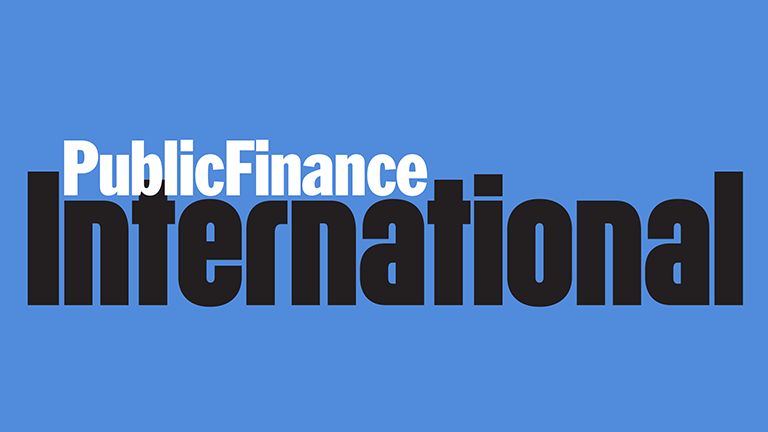Efficiency, effectiveness and transparency are the guiding principles of any Control Authority, and achieving these objectives requires daily efforts ranging from planning to filing reports.
In order to achieve compliance with these principles, all national and international control institutions have brought in various changes in order to maximize efficiency through the application of technology.
The first step towards the computerisation of audits was started by the Spanish Control Authorities in 2004, with the implementation of e-papers and it should continue with the e-office, e-signature, registration, filing and custody of them, thus saving space, improving availability and opening up the possibility of printing and linking files
For more than five years, Spain’s control authorities have been able to publish audit information online allowing citizens access to financial information about public administration. However, at present, only four Autonomic Control Authorities have implemented it: Cataluña, Valencia, Canarias and Castilla León.
Using e-signature to sign documents has been possible since September 1999 although the establishment of its legality only became valid and binding some years later. E-signature allows detection and any further modification of signed data to be linked to the signer and to the data to which it exclusively refers as it has been created through means that allows the signer to keep them under his sole supervision.
Another area where an electronic approach can help is the receipt and processing of audit-related documents. All documentation sent to any Control Authorities (either paper or electronic format) needs to be registered and copies returned to applicants with proof of its submission. The examples of Valencia, Cataluña, Castilla y León and Canarias show that this process can now be performed electronically.
But the biggest problem encountered in the development of an audit in Spain resides in the filing, custody and preservation of documents. This is an issue that has a cost factor and one of physical space.
In the table below, you can see a comparison of the occupied volume and personnel costs associated with paper records versus electronic files. The data included in the table are rooted in my own calculations based on the standards adopted at the Manual Physical File Organization and the Audit Office of the Principality of Asturias in terms of materials used and, considering the average cost of a technical audit.
| Paper file | Electronic file |
|---|---|---|
Volume | 15 meters/year | 0,75 meters/year |
Personnel Costs | +/- 350€/report | +/- 3,5€/report |
We live in a society where the only constant is (or should be) change.
However, in Spain, public administration is reluctant to embrace innovation, shying away from the progress and practices developed and implemented by other countries years ago.
Control Authorities in particular are young institutions that should adapt to the evolutionary trend that is underway in public administration. The assumption today must be that there can be no efficient, effective and transparent organisation or institution that has not implemented the highest levels of information technology in the development of its functions.
Let’s start to move forward. As the proverb says, a journey of a thousand miles begins with one step.














